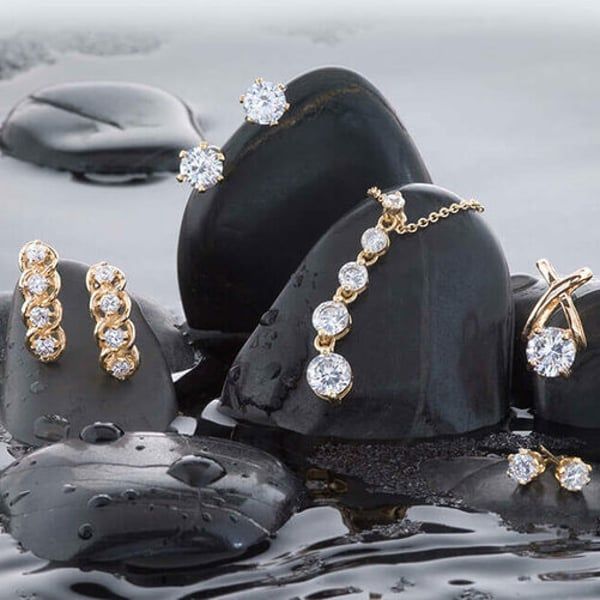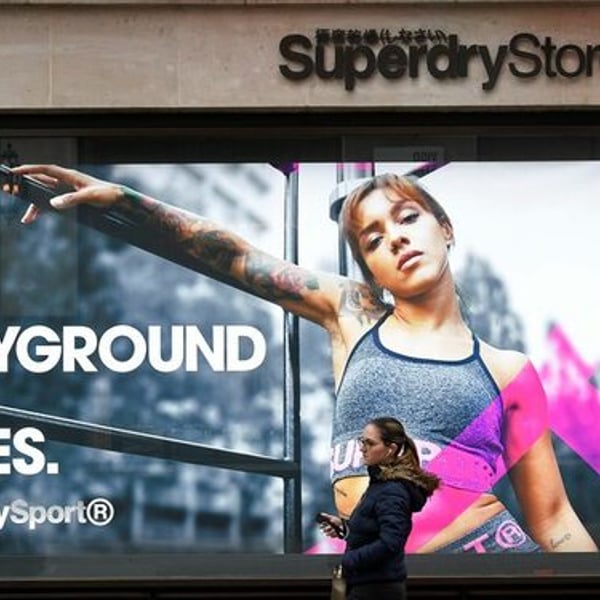By
Bloomberg
Published
August 11, 2025
I love markets. I also love diamonds. This helps to explain why I am experiencing a kind of existential crisis: the popularity of laboratory diamonds makes me question the beauty of markets, which is their ability to give almost anything.
And they are not just diamonds. Everything in the economy whose value is based on scarcity is suddenly abundant: luxury bags, music, even currency itself. Why is something worth?
Diamonds occupy a special place in my heart, not only as a jewelry fan but also as an economist. When young economists begin to reflect for the first time in the concept of value and why things cost what they do, we inevitably resort to OG, Adam Smith. It is remarkable, he observed that diamonds cost more than water. “Nothing is more useful than water; but it will scarely buy anything,” he wrote. “A diamond, on the contrary, has scarce any value in use; but a large number of other goods can be frequently had in exchange for it.”
It is the scarcity of diamonds (as well as a good marketing) that made the market great and valuable. Over time, this rare carbon bit, which takes millions of years to create, symbolized eternal love and commitment.
Now diamonds can be done in a laboratory not long, in almost any amount. They have no resale value, nor do they mean eternal love. (1) But try to tell someone who has just received (or gave) a perfect 3 -carat commitment ring that is 90% cheaper than the “real”. Meanwhile, the price of natural diamonds, which always promised to maintain their value, has dropped to 40%.
Again, the questions appear to themselves: if the diamond supply is unlimited, what is its value? Can the market put a price? In more general terms, how will markets occupy this crisis of abundance?
After all, almost everything in the US. (Except housing) is already available in any amount. Almost all music is never made on request on your phone, for the monthly price of what a single album once cost. The information that once available only a handful of media companies is now practically everywhere, from any source you want, with the turn you want. And as in music, in the media nobody knows what the business model works, because what is valuable seems to change per minute.
Even the most valuable and scarce product of all, intelligence, is becoming abundant. Chess players and financial gurus (some version of them, anyway), can be conjured through the magic of AI, and their talents are dispensed for free. What does this mean for the value of human thought, knowledge and discernment?
The markets will eventually solve everything. At least that's what I tell myself. After all, food and many consumer goods now deactivable were also scarce. Now that they are no longer, look how the better we are. Yes, the process was messy, but in the end the market made the goods that people wanted more abundant. Whether you prefer gourmet fries or dinner at a gourmet restaurant, they are available for a price, one of which can actually be worthwhile.
Consumer goods are also segmented by quality. That may be the future of diamonds. There are a lot of false Birkin bags, for example, which can now be bought in Walmart (together with laboratory cultivated diamonds). For an unableed eye, these bags are indistinguishable from the real, also of leather, they also look good, they also carry their things, and yet people still want a true Birkin, for which there is a waiting list of years. It could be the mystique or the valuable resale market, but there are people willing to spend $ 15,000 on a real Birkin.
What Hermes has managed to do is create lack of abundance. Control Birkins' supply and will not sell so many bags. This not only maintains the high demand, but it diverts the demand to other assets of Hermes. Other luxury designers who fight against falsifications are less demanding: they sell more bags and are experiencing a drop in demand.
De Beers, one of the world's largest diamond dealers, faces a difficult problem: the diamond market is too large for Beers to use the Hermes strategy. It needs diamonds to be rare and special, but also in each engagement ring in the United States.
This may not be realistic. A probable alternative is a world where natural diamonds are still coveted (they maintain their value and have a special symbolism and, like Birkin, they are mainly consumed by an elite segment of the market. The market of natural diamonds of lower quality can disappear.
If that happens, my faith both in the value of a diamond and in the market forces will be restored. Which is good, because both things, more beauty and more trade, make everyone better.
This column reflects the author's personal opinions and does not necessarily reflect the opinion of the Editorial Board or Bloomberg LP and its owners.
Allison Schrager is a Bloomberg Opinion columnist who covers the economy. Senior, a member of the Manhattan Institute, is the author of “an economist enters a brothel: and other unexpected places to understand the risk.”
Opinion with Bloomberg.











